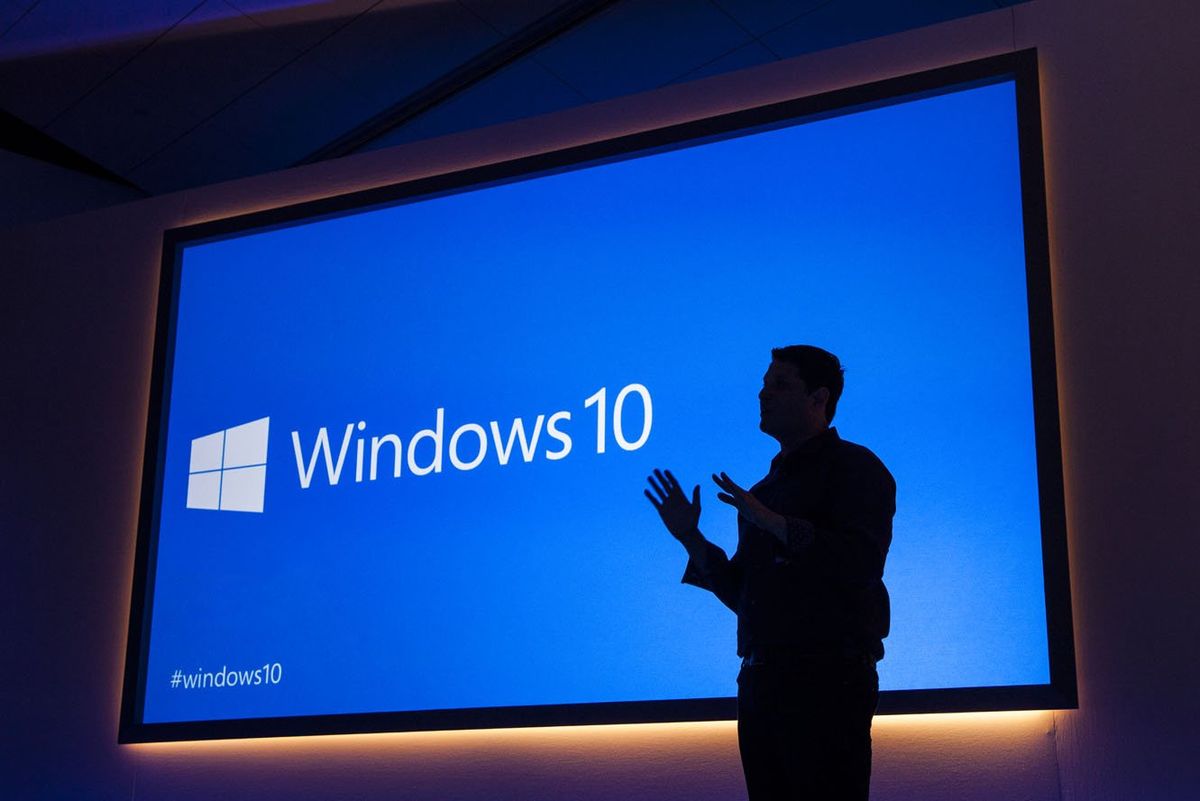Microsoft doc reveals Windows 10 on ARM limitations
New documentation details several limitations to Windows 10 on ARM.

Microsoft introduced the first Windows 10 on ARM devices late last year, and we're still waiting for them to come to market. However, if you're thinking of picking one up, there will be some limitations to keep in mind when comparing the Qualcomm Snapdragon-powered devices to standard Intel- and AMD-based Windows 10 devices.
Over the weekend, Thurrott noticed (via The Verge) that Microsoft briefly published a full list of limitations to expect with Windows 10 on ARM devices. Its publishing appears to have been a mistake, as it has since been pulled. However, a cached version is still available. Here's a look:
- Only ARM64 drivers are supported: Windows 10 on ARM can emulate x86 apps, but Microsoft says x86 and x64 drivers "are not currently emulated and thus not supported on this platform." Apps that work with their own custom drivers would need to be ported to ARM64.
- x64 apps aren't supported: While Windows 10 on ARM will emulate x86 (32-bit) apps, it doesn't support 64-bit (x64) apps. Microsoft doesn't mention it in the documentation, this is planned for a future release.
- Certain games don't work: Games and apps that use OpenGL versions later than 1.1 or that require hardware-accelerated OpenGL don't work. Ditto for games that rely on "anti-cheat" drivers that aren't supported on Windows 10 on ARM.
- Apps that customize the Windows experience may not work correctly: Some input method editors (IMEs), assistive technologies, and cloud storage apps may not work correctly. This comes down to the fact that Windows 10 on ARM cannot load non-native components, Microsoft says.
- Apps that assume that all ARM-based devices are running a mobile version of Windows may not work correctly: These apps may "appear in the wrong orientation, present unexpected UI layout or rendering" or fail to start when they try to use mobile-only APIs.
- The Windows Hypervisor Platform is not supported on ARM: "Running any virtual machines using Hyper-V on an ARM device will not work," Microsoft says.
The tradeoff for these limitations is that devices running on Qualcomm's Snapdragon platform should sport much better battery life and constant connectivity. With Microsoft's work on emulating 32-bit apps should mean that Window 10 on ARM will work for most. What remains a mystery is performance, but we'll have to wait until the hardware is available to get a good look at what the experience is like.
Get the Windows Central Newsletter
All the latest news, reviews, and guides for Windows and Xbox diehards.
Dan Thorp-Lancaster is the former Editor-in-Chief of Windows Central. He began working with Windows Central, Android Central, and iMore as a news writer in 2014 and is obsessed with tech of all sorts. You can follow Dan on Twitter @DthorpL and Instagram @heyitsdtl.
